What is Ecosystem-Based Management?
Ecosystem-Based Management (EBM) means different things to different people. For Kitasoo Forest Company, ecosystem-based management means applying a more holistic approach to forestry by taking the entire ecosystem into consideration. The goal is to protect ecological integrity through protected areas and effective management frameworks. This includes making sure all logging doesn’t happen in just one type of forest and that there is a representation of all forest types left on the landscape. Ecosystem-based management looks at aquatic habitats, watersheds, old forests, biodiversity, wildlife, and human wellbeing when planning forestry operations.
image credit: KX SPIRIT BEAR FOUNDATION
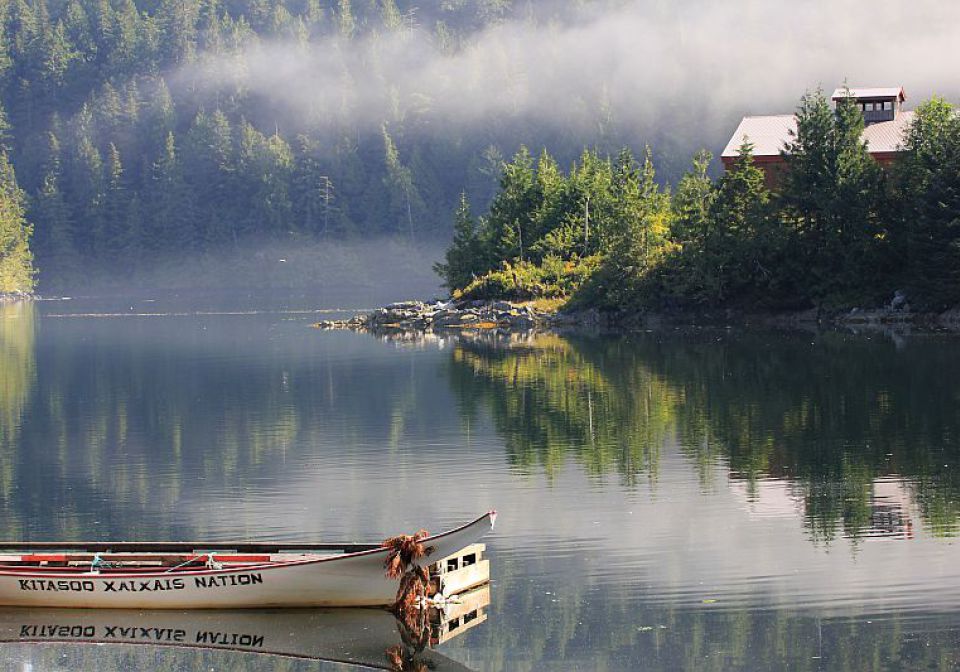
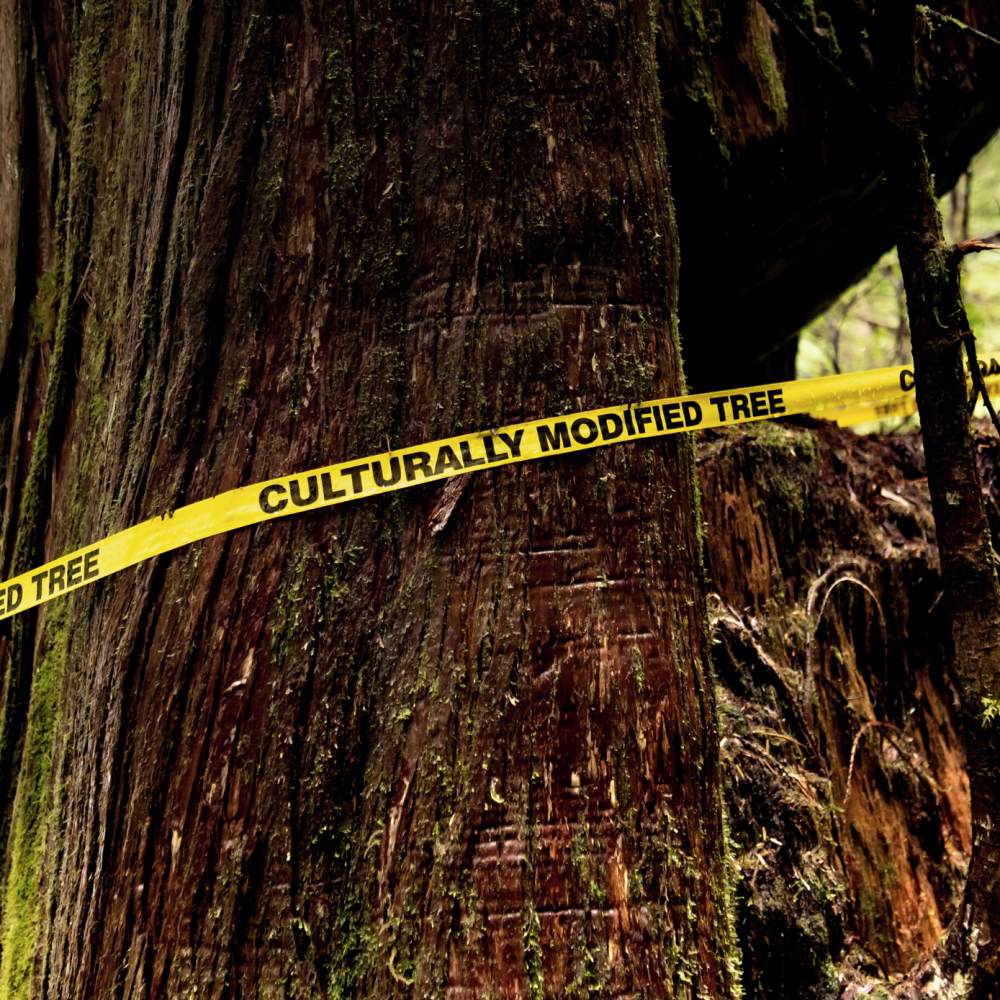
What is Ecosystem-Based Management?
Kitasoo Forest Company (KFC) and Western Forest Products (WFP) formed a joint venture in 2013 and are the only two forestry companies allowed to operate in Kitasoo Xai’xais territory. Before either company cuts down any trees, they must make a plan of how they will meet their volume and financial targets while acting in accordance with ecosystem-based management.
KFC and WFP are advised by the Kitasoo Xai’xais Stewardship Authority, archeologists, biologists, geologists, foresters, engineers, silviculture experts, and other specialists to ensure the protection and conservation of species, habitats and ecosystems in Kitasoo Xai’xais forests.
image credit: Moonfish Media
Preserving Kitasoo Xai’xais Culture
The Kitasoo Xai’xais Stewardship Authority plays a huge role in making sure First Nation cultural values such as Indigenous heritage features, Indigenous forest resources, Indigenous tree use, western yew trees, and sites of spiritual and cultural importance within proposed harvest sites are identified, protected and maintained within the Territory
image credit: Moonfish Media
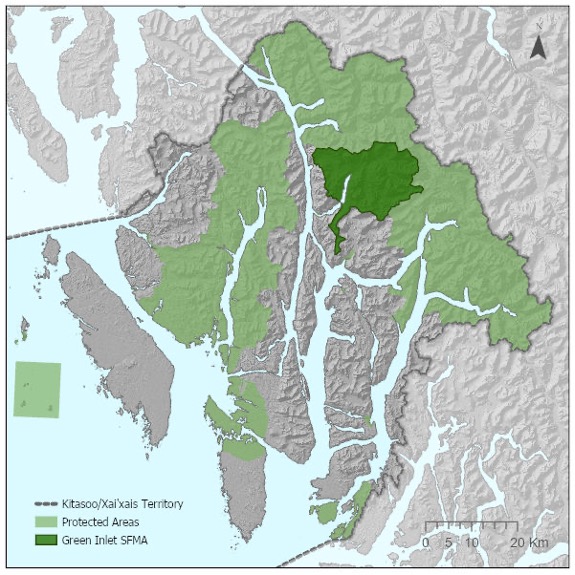
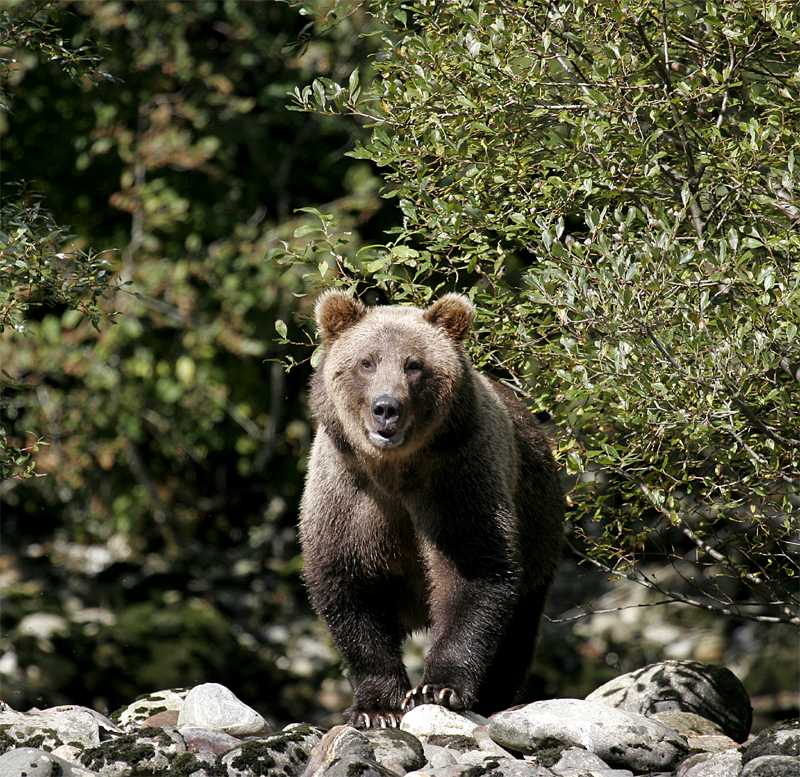
Protecting the Natural Environment
image credit: Moonfish Media
Protecting Biodiversity, Fish and Wildlife
When important ecological features such as fisheries watersheds, aquatic/fish habitat, Grizzly bear habitat, bear dens, Red and Blue listed plants, at-risk ecosystems, regionally important and species at risk (SAR) are identified within a proposed harvest site, forestry specialists (engineers, biologists, conservationists, forestry planners etc.) work together to set sufficient no-cut boundaries around these special areas that protect them against being logged.
image credit: Moonfish Media
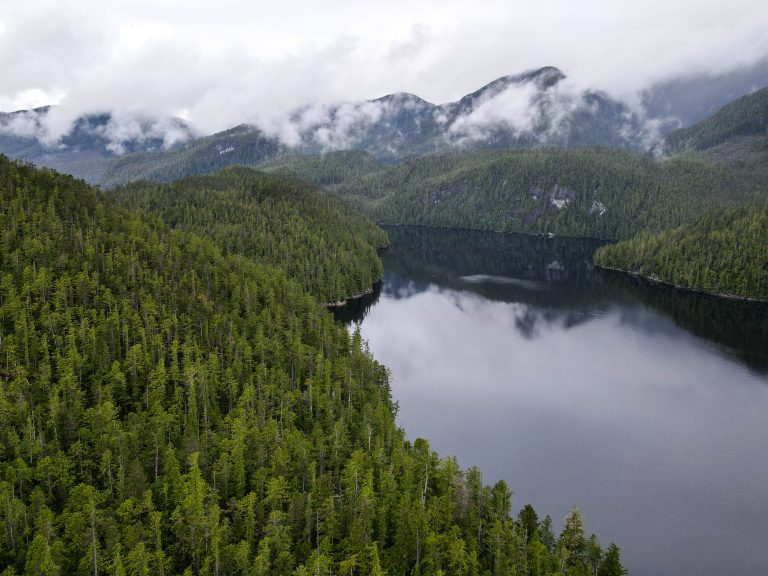
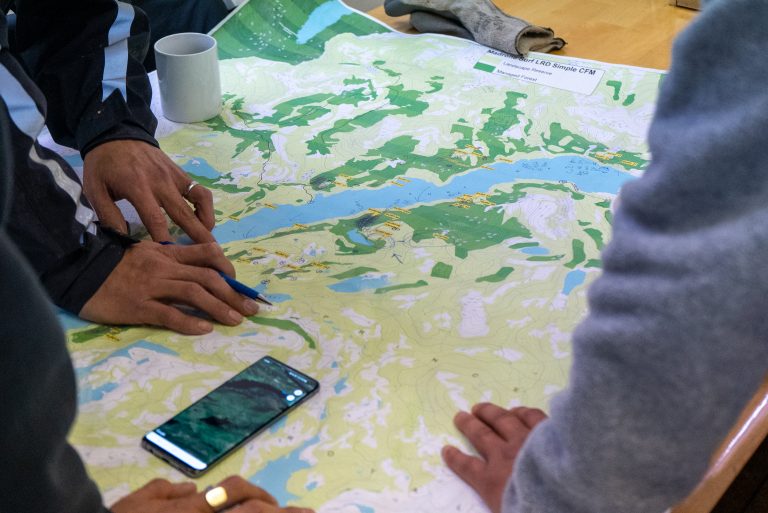
Preserving Visual Quality
The Kitasoo Xai’xais territory is among the most beautiful places on earth and the community relies heavily on tourism for their economy. This is why a Visual Management Framework was developed to help the Band and KFC decide what is and is not acceptable when it comes to changing the appearance of forests to reduce negative impacts on the tourism industry and quality of life for community members.
There are 5 categories of Visually Altered Forest Landscape:
- very small in scale; and
- not easily distinguishable from the pre-harvest landscape
- difficult to see;
- small in scale; and
- natural in appearance
- easy to see;
- small to medium in scale; and
- natural and not rectilinear or geometric in shape.
- very easy to see and is:
- large in scale, but natural
- small to moderate in scale, but with a design that some angular characteristics
- very easy to see and is:
- very large in scale
- rectilinear or geometric in shape, or
- both
VIEW THE VISUAL GUIDE TO VISUAL QUALITY OBJECTIVES HERE.
image credit: Moonfish Media
Collaborative Decision Making
Cutting down a tree may seem simple but involves a lot of planning and input from many different people. This is why collaborative decision-making is so important to ensuring Kitasoo Xai’xais culture, natural ecosystems, wildlife habitat, economy, and human wellness is protected maintained.
The process of selecting a potential harvest site to cutting down a tree often takes years. There are 4 main phases of the decision-making process:
- Occurs annually or before each operating season, Kitasoo Forest Company (KFC) and Western Forest Products (WFP) joint venture will provide Kitasoo Xai’xais Nation information about approved, planned and proposed development.
- Kitasoo Xai’xais Nation and KFC/WFP joint venture representatives meet to review the information and preliminary feedback, discuss issues, opportunities and solutions, and identify, by mutual agreement, any additional field inventory or assessment requirements. Kitasoo Xai’xais Stewardship Authority (KXSA) will be responsible for ensuring implementation, that issues are addressed and requirements met.
- Required field inventories and assessments, as determined in collaboration with the KXSA, are carried out as necessary with qualified Nation representatives conducting assessments or accompanying field crews whenever feasible.
- Licensee/JV (KFC and/or WFP) will provide site plans and related information (i.e. completed assessments – terrain, fish habitat) to KXSA.
- Kitasoo Xai’xais and Licensee/JV will carry out any further discussions necessary to resolve remaining issues, if any, before application for cutting permit or other authorization is submitted.
- Licensee/JV submits permit application to provincial Forest District along with Letter of Approval by KXSA.
- Licensee/JV informs Nation and Forest District how requirements and measures agreed to during the information sharing and engagement phases are implemented during field operations. The post-harvest reviews are conducted as requested.
image credit: Moonfish Media

